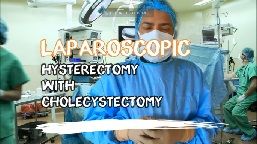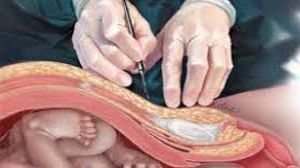Laparoscopic Cholecystectomy in High Definition
Add to
Share
217 views
Report
2 months ago
Description
Laparoscopic cholecystectomy, the minimally invasive removal of the gallbladder, has revolutionized the management of gallbladder diseases such as cholelithiasis (gallstones) and cholecystitis. With the integration of high-definition (HD) imaging, this procedure has reached new levels of precision, safety, and patient outcomes. Enhanced Visualization: High-definition laparoscopic systems provide surgeons with crystal-clear, magnified images of the operative field. HD cameras capture intricate anatomical details of the gallbladder, bile ducts, and surrounding structures, allowing for precise dissection and reducing the risk of injury to the common bile duct or blood vessels. Precision and Safety: The improved clarity of HD imaging enhances the surgeon’s depth perception and spatial orientation, crucial for delicate maneuvers such as identifying Calot’s triangle and safely clipping cystic ducts and arteries. This reduces intraoperative complications, minimizes bleeding, and shortens operative time. Minimally Invasive Benefits: Laparoscopic cholecystectomy performed with HD systems continues to offer the standard benefits of minimally invasive surgery, including smaller incisions, reduced postoperative pain, faster recovery, and minimal scarring. Patients can typically return to normal activities within a few days. Educational Advantage: High-definition imaging also plays a vital role in surgical training. Trainees can observe finer details of tissue planes and surgical techniques, enhancing learning and skill acquisition in laparoscopic surgery. Conclusion: High-definition laparoscopic cholecystectomy represents the pinnacle of modern gallbladder surgery. By combining the advantages of minimally invasive techniques with superior visual clarity, HD systems allow surgeons to perform safer, faster, and more precise procedures, ultimately improving patient outcomes and satisfaction.
Similar Videos






